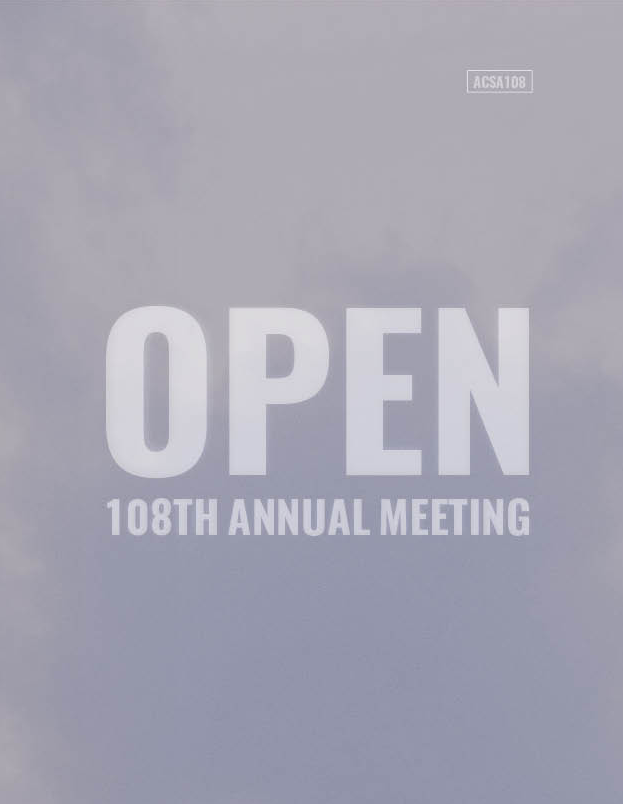Author(s): Anne-Catrin Schultz
Architecture has been used to demonstrate political change in many instances throughout history. This research paper explores tendencies in German architecture after West and East Germany unified in 1990 after more than 40 years under separate political systems, economic conditions and architectural development. The main narrative of the research traces the process of defining new identities after the collapse of a strong physical border and a shift in political and economic structure. Practically overnight an area of more than 40,000 square miles was added to West Germany, and the land and inhabitants of the former GDR joined a lifestyle that seemed to have been driven by consumption and opportunity. Over the next few decades, a building boom unfolded in the area that was formerly East Germany and in the city of Berlin. Architecture after 1990, the year of the German reunification, also modeled a set of values aiming at progress, unity and technical ability. It retained a preference for glass curtain walls and stone veneers, balancing optimism for a great future with nostalgia for 19th century’s past. In the former West Germany, the architectural evolution was little impacted, but the former East Germany underwent a comprehensive renewal, especially in the realm of infrastructure, civic, commercial and transportation buildings. This paper compares three specific urban interventions, the Berlin Potsdamer Platz development, Leipzig Hauptbahnhof (Leipzig main train station), and Coutbus Technical University Library, that aimed at identifying and articulating shared formal principles that signify a united country. After 1990, Western architects seized the opportunity and secured numerous commissions along a new type of frontier, and their urban and architectural interventions had the effect of creating and supporting a new German identity.
https://doi.org/10.35483/ACSA.AM.108.71
Volume Editors
ISBN
978-1-944214-26-5

 Study Architecture
Study Architecture  ProPEL
ProPEL 
